Igreja e Mosteiro de São Vicente de Fora (Church and Monastery of Saint Vincent Outside the Walls), Lisbon
A review of a visit to the Igreja e Mosteiro de São Vicente de Fora in Lisbon. A wonderful place to explore Portuguese tilework and marvel at the grandeur of the royal Braganza pantheon.
A Monastery In The Heart Of Lisbon
And just like that, we have reached the last in our series of posts about Lisbon. Today we will be taking a look at the Igreja e Mosteiro de São Vicente de Fora. This formery monastery and royal pantheon of the Braganza family is a large landmark on the Lisbon skyline. You will spot it from most of the Alfama miradouros, or lookouts – a sizeable Mannerist building with twin towers at one end.
I feel like I’ve been saying this a lot recently, but we primarily headed into the Igreja de São Vicente because it was raining. Well, in this case it was pouring, and imperative that we find something dry to do ASAP. And I’m very glad that the weather gods pushed us into this detour. I was amazed by São Vicente: its size, splendour, beautiful tiles and sometimes odd collections. It’s a good sign if, even after several back to back days of cultural tourism, I can wander around a place saying “Wow!” every minute or so. And even better: by the time we made our way up to the rooftop lookout, the rain had cleared up and we had views of the Alfama neighbourhood and River Tagus. Perhaps one of the former monks had put a word in for us after all, rather than the weather gods?
Read on to find out more about the history of the Igreja e Mosteiro de São Vicente de Fora as well as what to expect if you have the opportunity to visit.
A History of the Church and Monastery of St Vincent Outside The Walls
This church and monastery complex in central Lisbon has a long history. The first Portuguese King, Afonso Henriques, founded it around 1147 for the Augustinian order. It was outside the city walls, hence the name, and dedicated to Saint Vincent of Saragossa. Afonso had St Vincent’s remains exhumed and brought here, a deed which is still commemorated on the city’s coat of arms. St Vincent had been tortured and killed by Romans, his body thrown in the sea before being recovered and venerated – all about 800 years previously – so it can’t have been a very nice task but maybe not so bad after all that time.
Anyway, the original monastery was Romanesque. King Philip II of Spain, who was also Philip I of Portugal, ordered its rebuilding circa 1580. The overall style is Mannerist, with Baroque flourishes. From the outside the building is quite heavy (although relieved by saints in niches), with wonderful tilework and stonework inside. It survived the 1755 earthquake with serious damage: rebuilding took about a century.
At about the time that the rebuilding came to a close, so did civil war in Portugal. As a result of this, in 1834, politician Joaquim António de Aguiar dissolved the monasteries, nationalising the property of over 500 institutions including this one. São Vicente de Fora was not secularised, however. Rather it first became a palace for the archbishops of Lisbon. Some decades later, it took on a new role as the pantheon of the royal Braganza family. What was once the monks’ refectory now houses their tombs.
Visiting the Igreja e Mosteiro de São Vicente de Fora
As you can probably tell from my descriptions so far, this is not a small building and you need to set some serious time aside to visit everything. There is also something of a one-way system in place, and if you try to leave halfway through (as we saw one lady do), it gets confusing quickly. To visit the monastery today you start at the bottom and work your way up. The first sight is a large cistern – see the video above for the impressive effect of heavy rain pouring into it! The cistern plus the weathered brick ceiling of this basement space set the scene nicely for the age and scale of the monastery.
From there you move upstairs to visit an entrance hall, exhibition on the Lisbon Patriarchs, and tiled cloisters. Around to the absolutely stunning vestry, a chapel dedicated to the illegitimate sons of someone-or-other, and then the tombs of the House of Braganza. Then it’s upstairs to see an archaeological display and a display of seashells (why?). A famed series of tiles depicting the fables of La Fontaine (unmounted and moved indoors for protection) is also on this floor. And finally up to the rooftop terrace for views of the Alfama, Pantheon and Tagus.
Where To Focus In The Igreja e Mosteiro de São Vicente de Fora
To really take all of this in requires a lot of time and attention. Or you could float about from one place to another, soaking up the historic atmosphere and majesty of the place. This is most definitely not somewhere that suggests monastic asceticism. I don’t think the Augustinians are the most world-renouncing of monks anyway, but you can see why this seemed like a good place to turn into a bishop’s palace after they left. And if, like me, you arrive here not really knowing what to expect, the experience can be almost overwhelming. Where to look, when all around you are tiles, stonework and artefacts vying for your attention?
My advice, which I hope is common sense, is just to go with your interests. I was a little stumped by the room of seashells, and so poked my head in quickly and left again. I am not familiar with La Fontaine, so didn’t look at all the fables. The pantheon and chapels really interested me. As did the archaeological display – centuries of middens have yielded interesting finds including some seriously old textiles. And finally the cistern, all the way at the beginning, I found strangely impressive.
I think the moral here, if anything, is that sometimes the place you didn’t plan to go to can end up being a wonderful find. Aside from the Museu Calouste Gulbenkian, this was one of my favourite places to visit in Lisbon. And if it had been sunnier, or at least not pouring with rain, we might have missed it. With thanks in any case to the city and its inhabitants for being so welcoming and showing a culture lover a good time! I hope you’ve enjoyed visiting Lisbon with me.
Salterton Arts Review’s rating: 4/5
If you see this after your page is loaded completely, leafletJS files are missing.

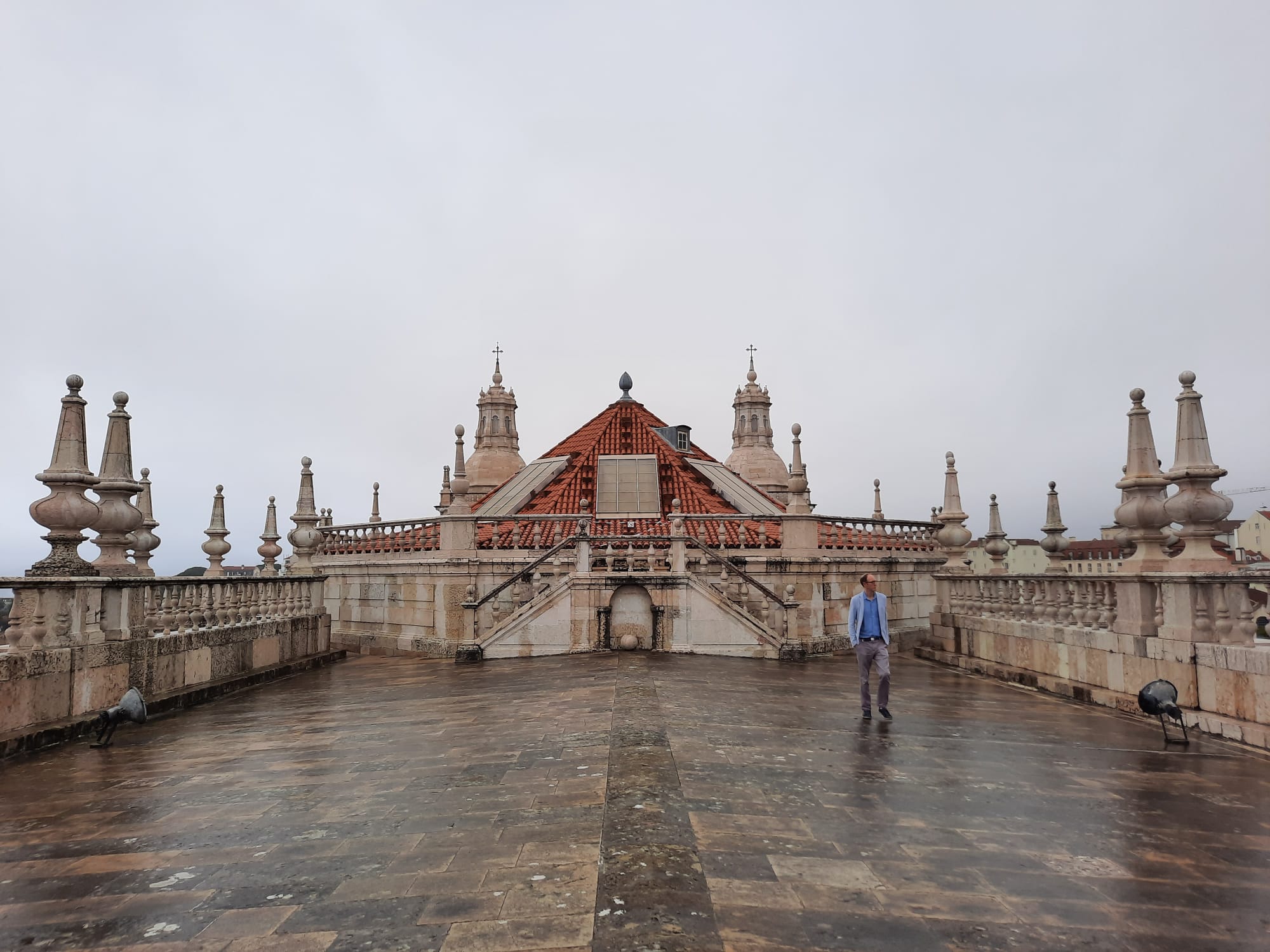
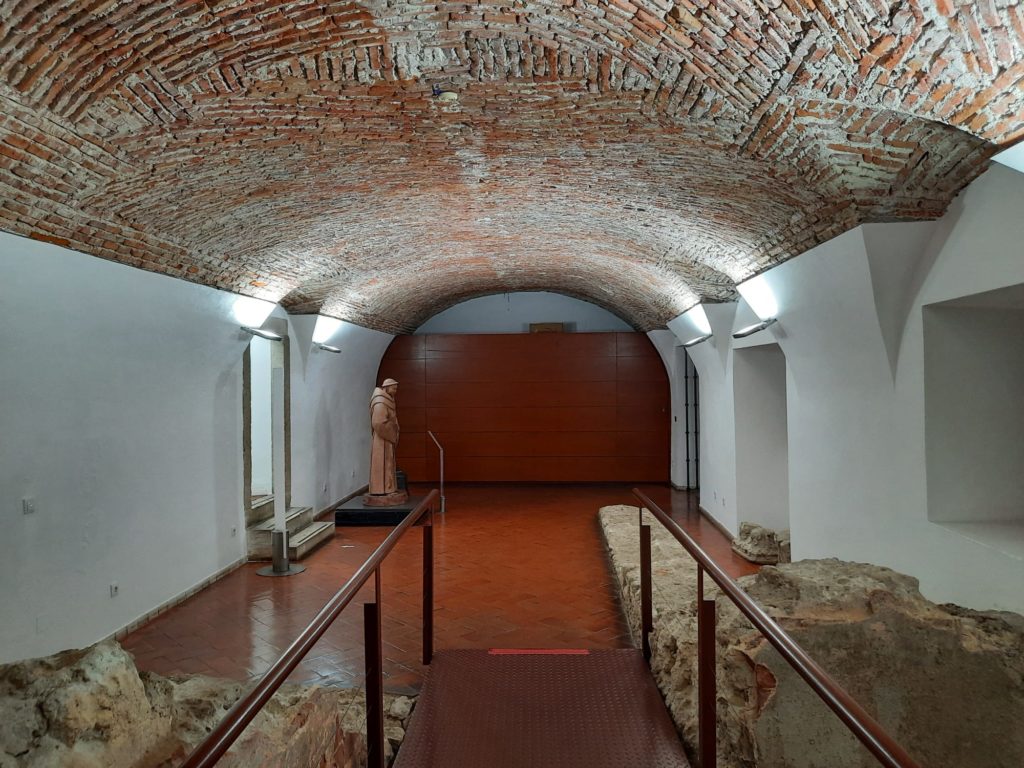
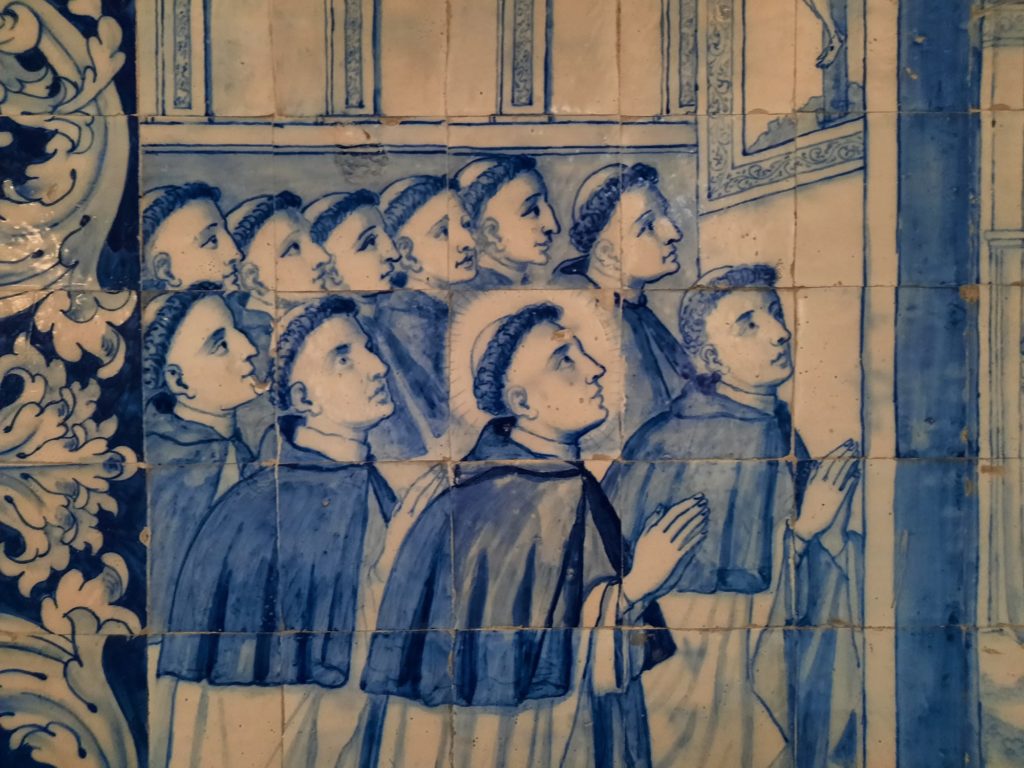
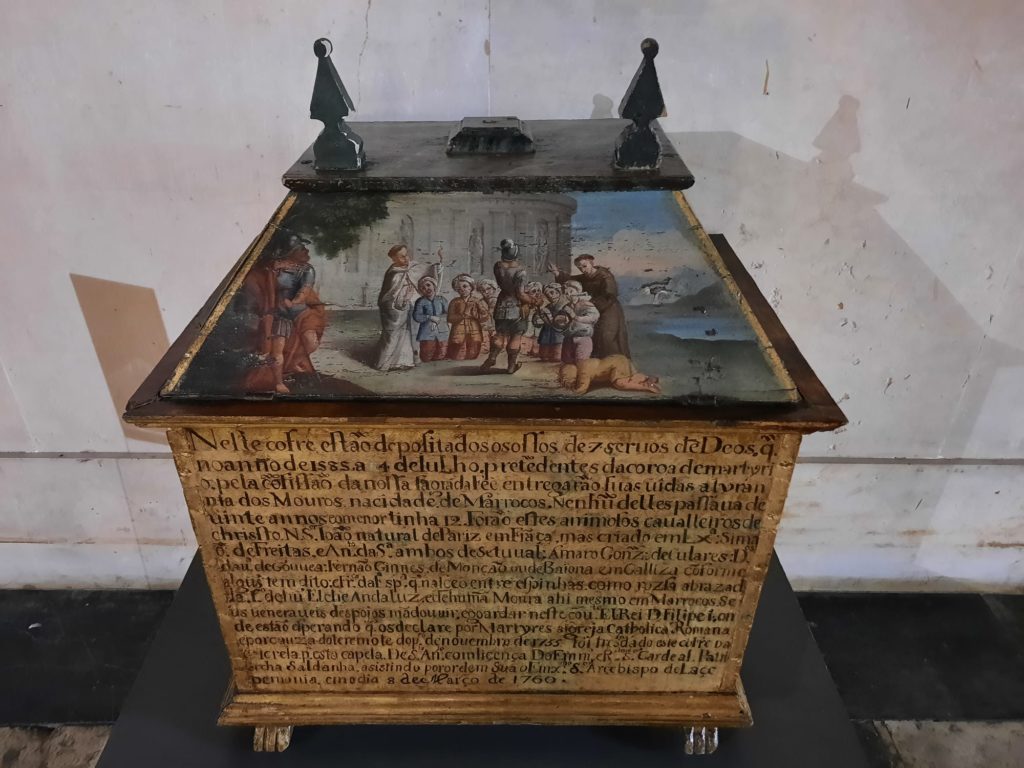
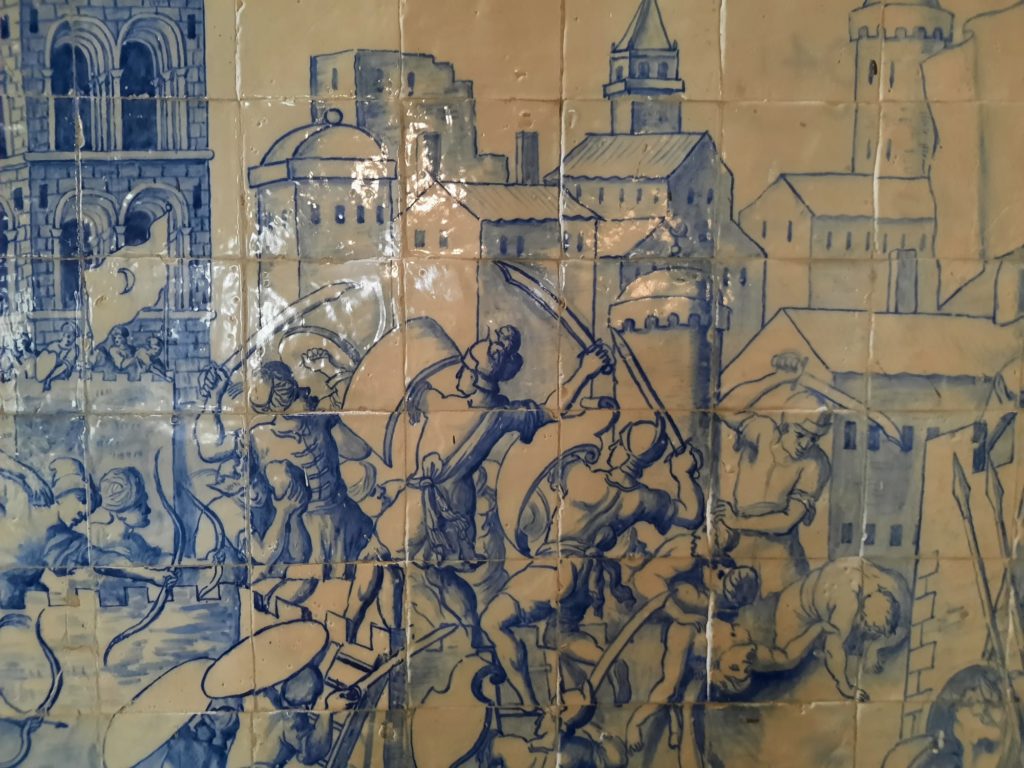
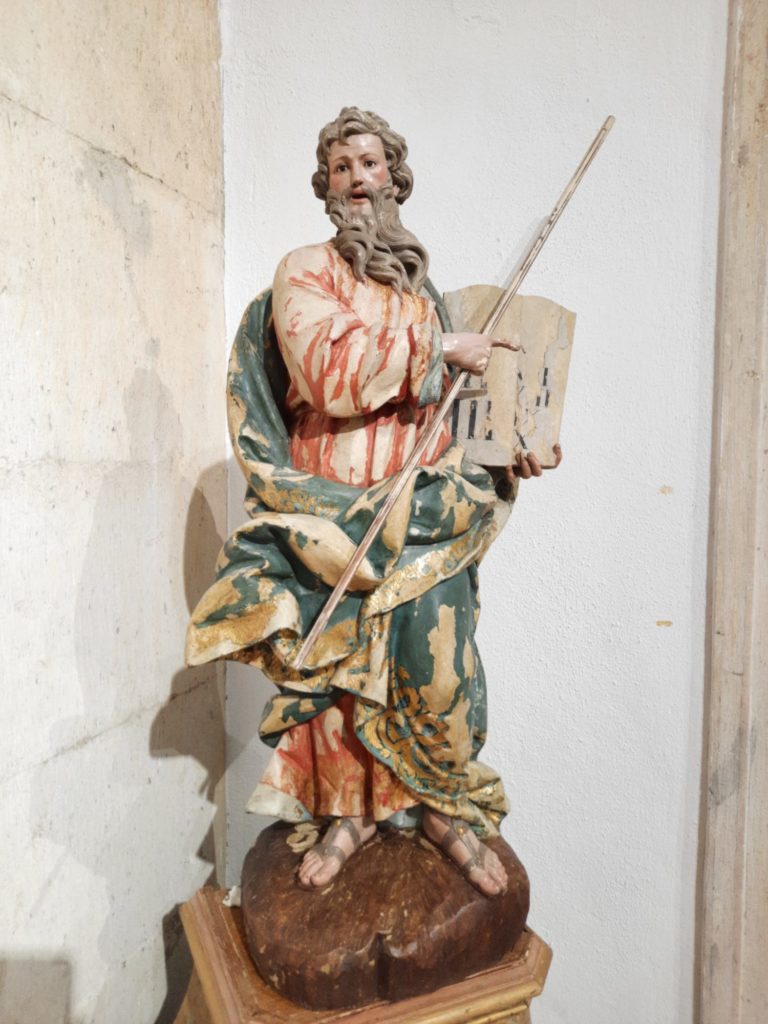
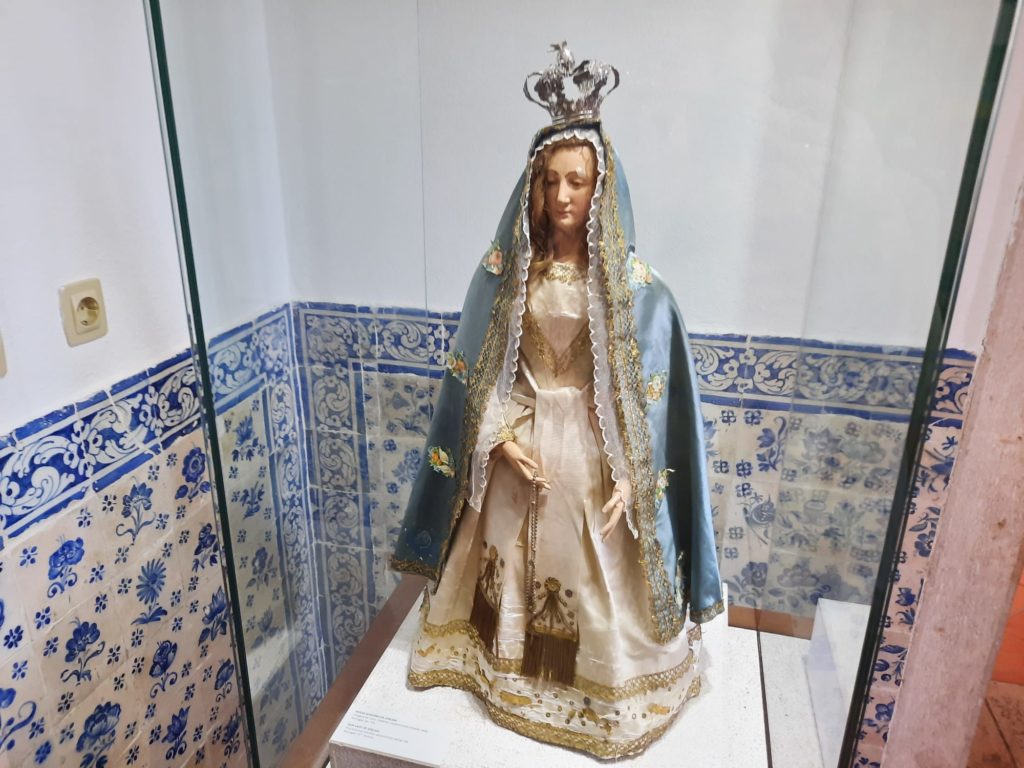
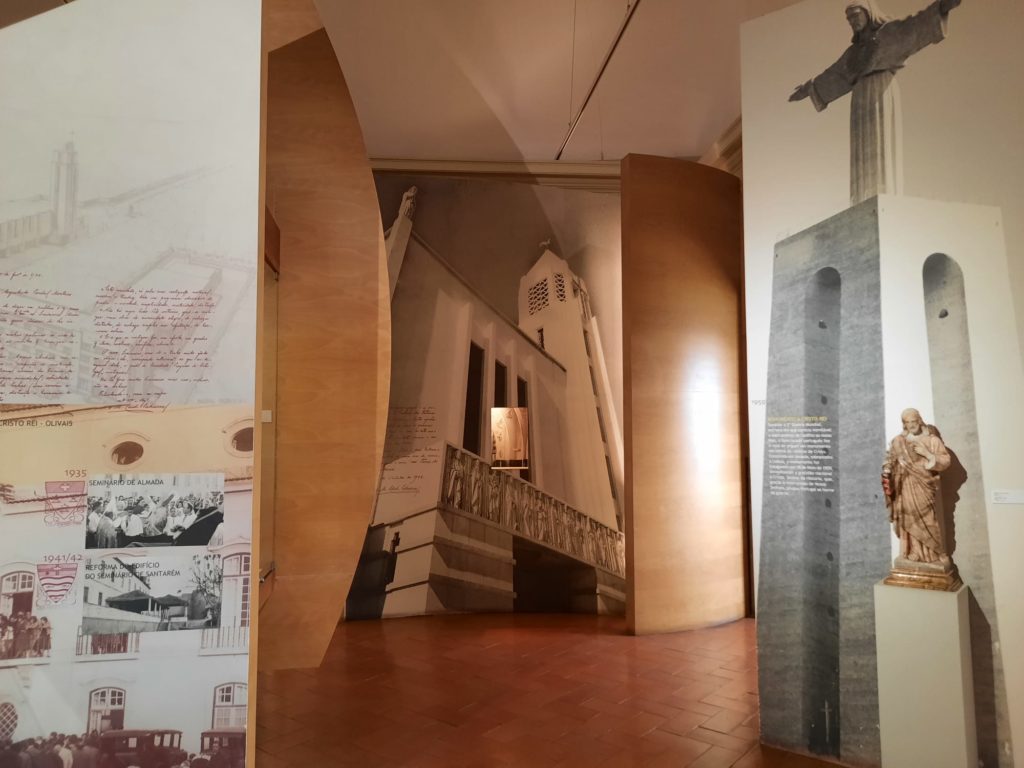
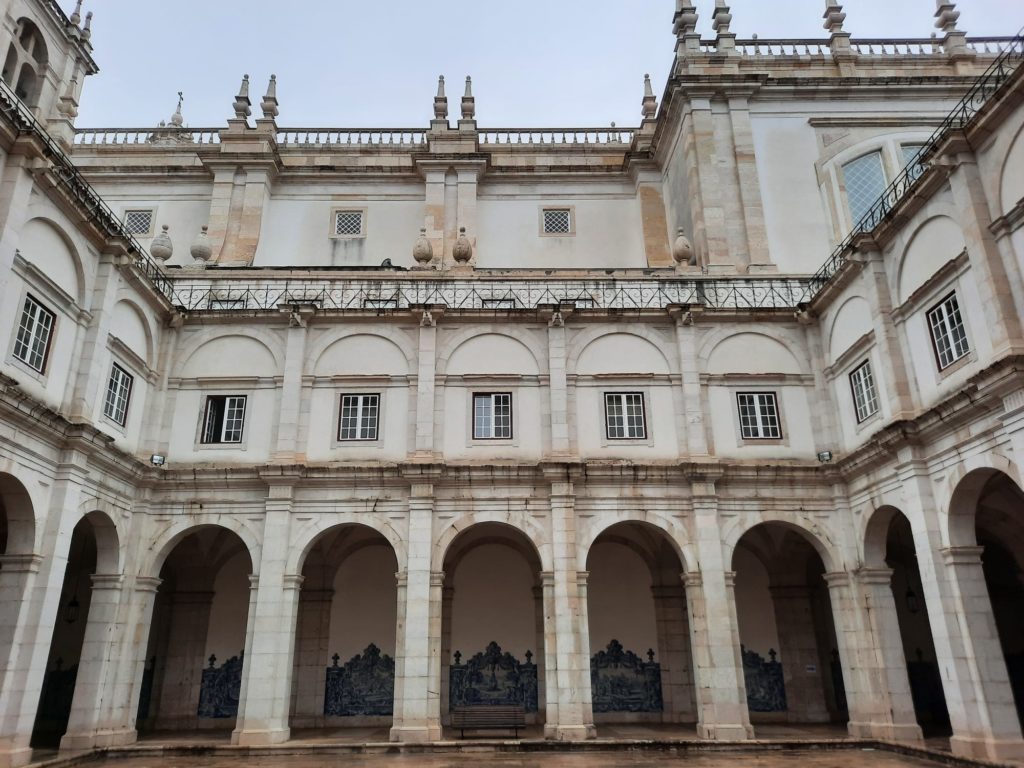

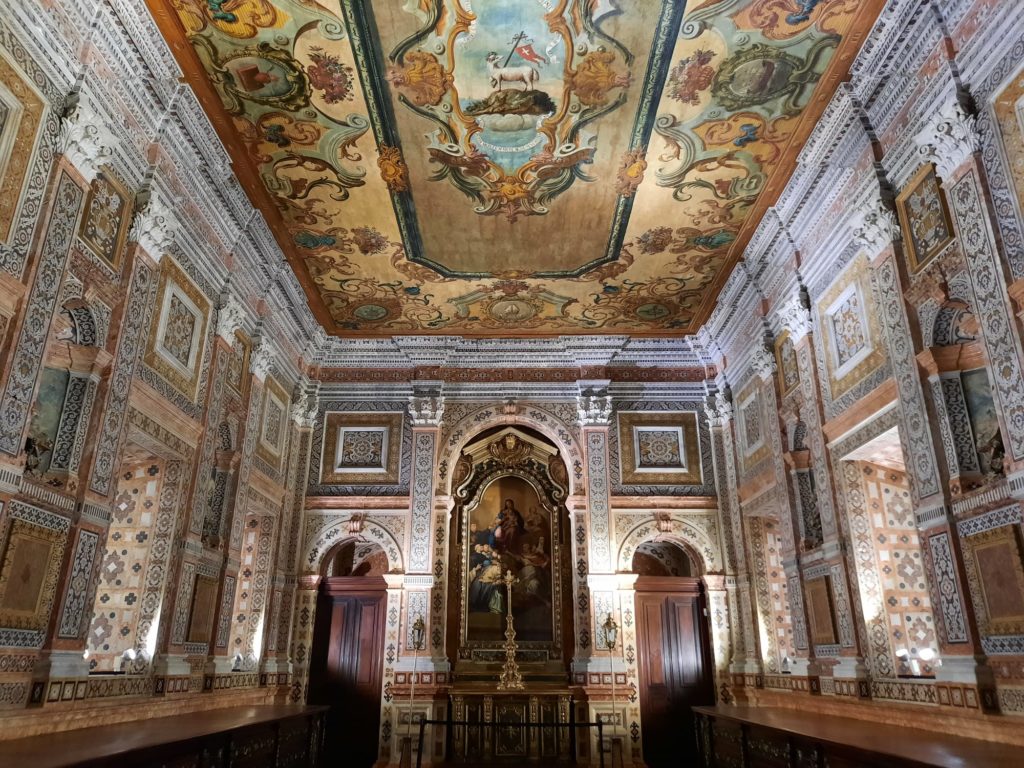
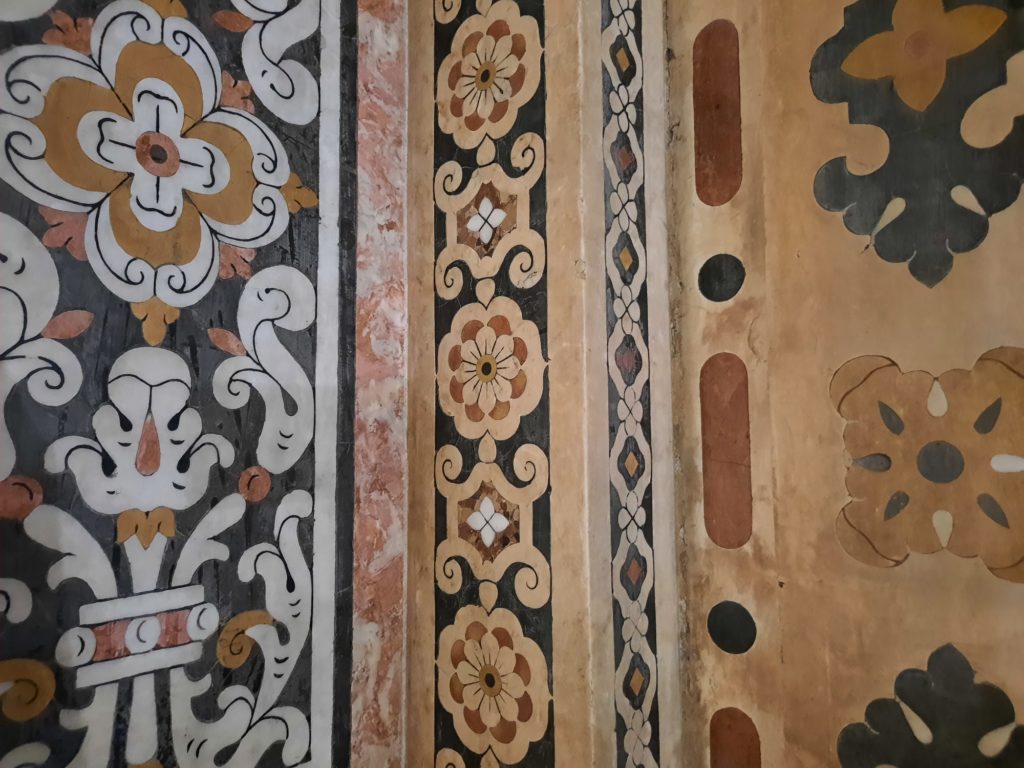
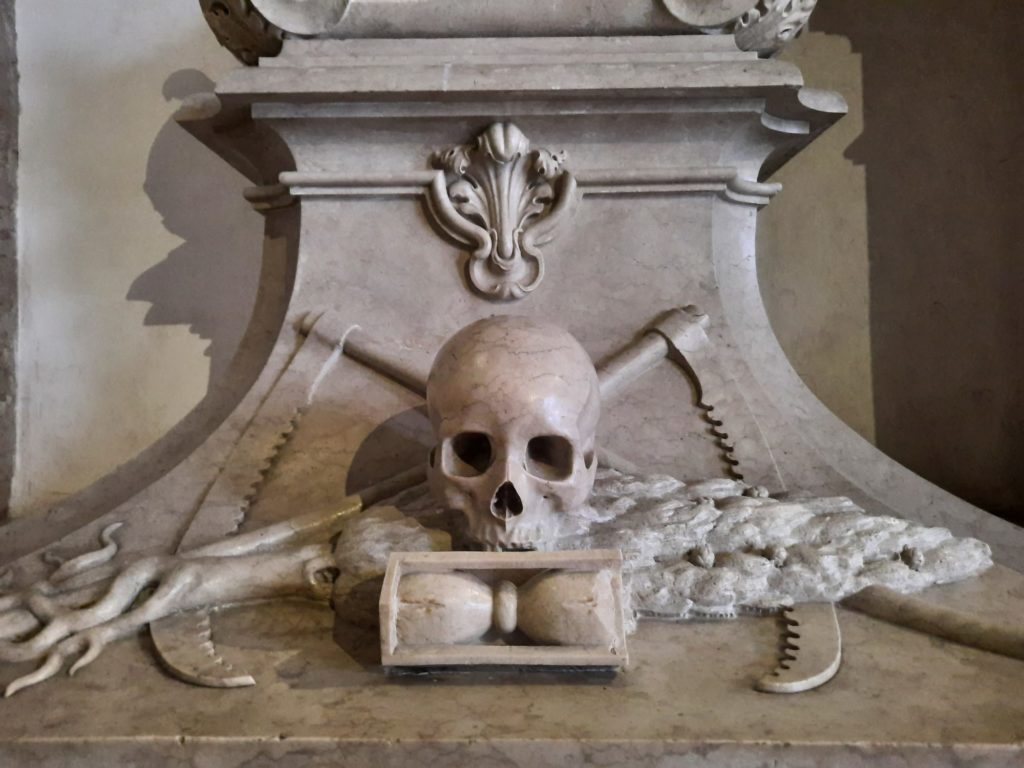
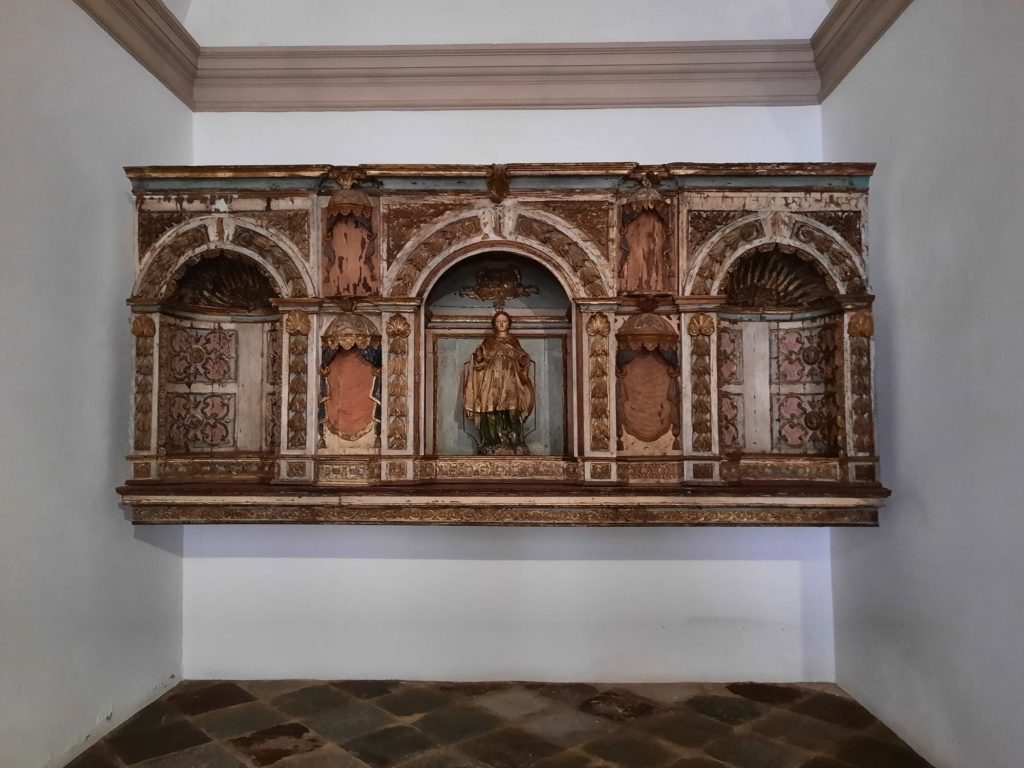
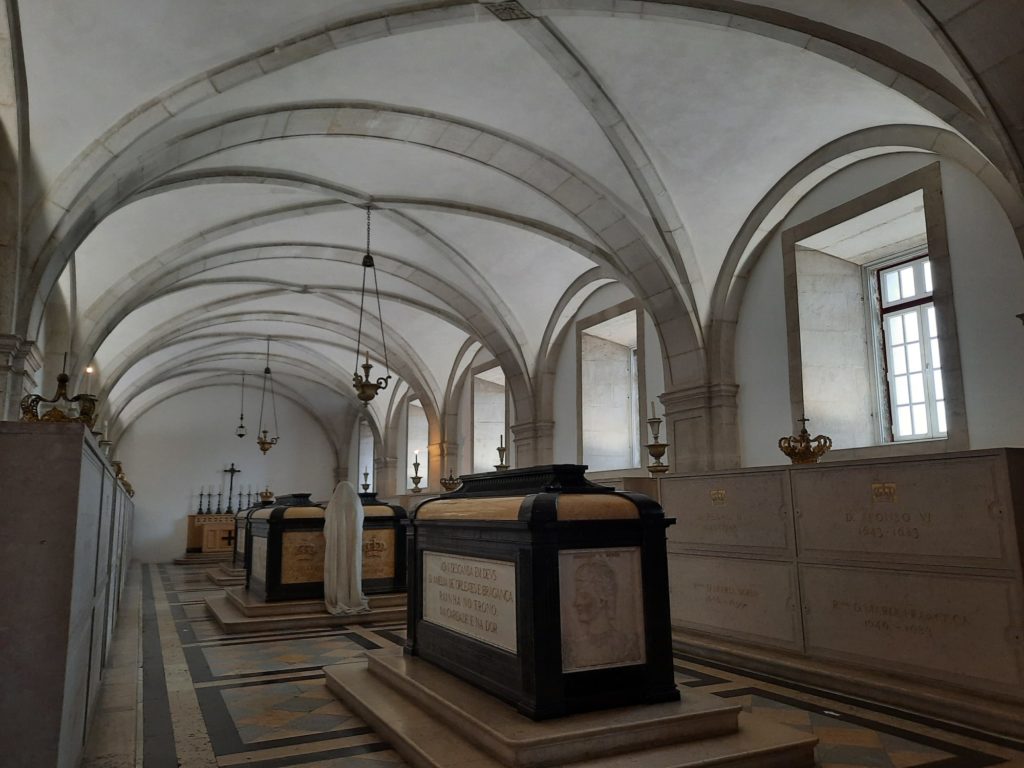
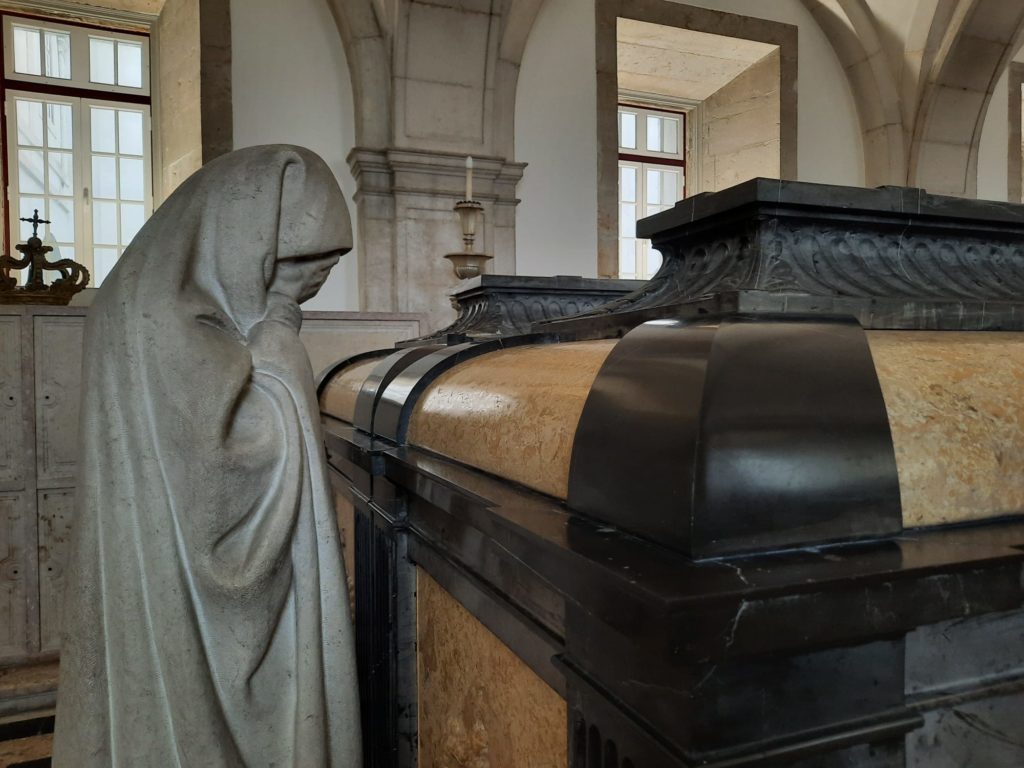
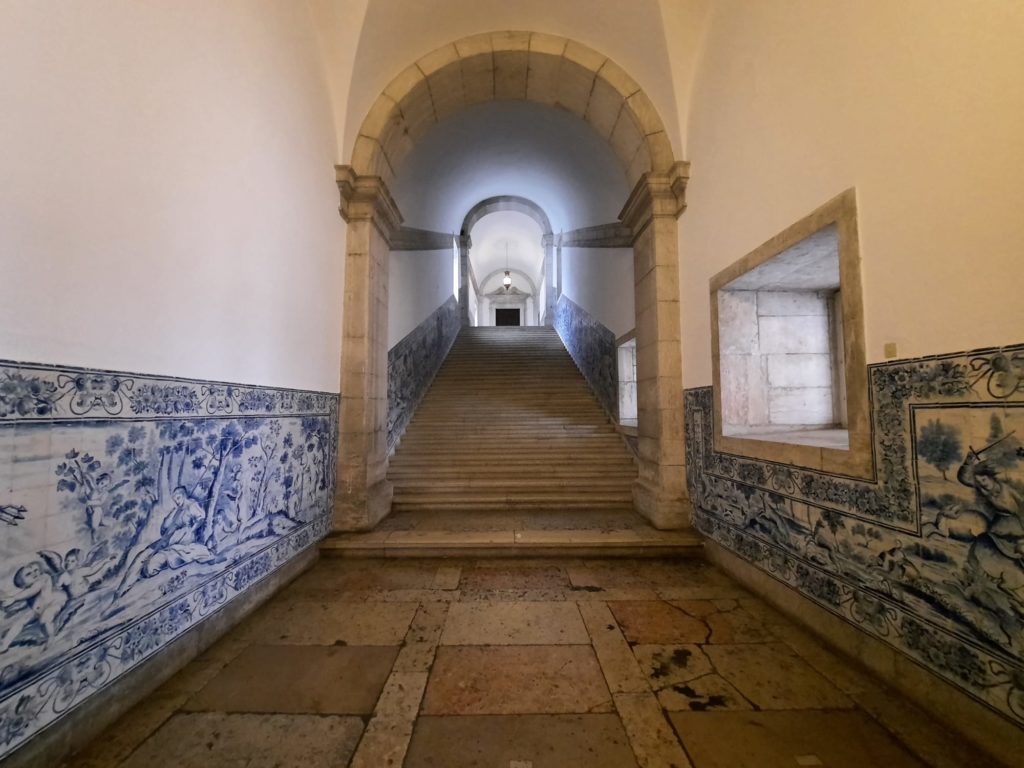
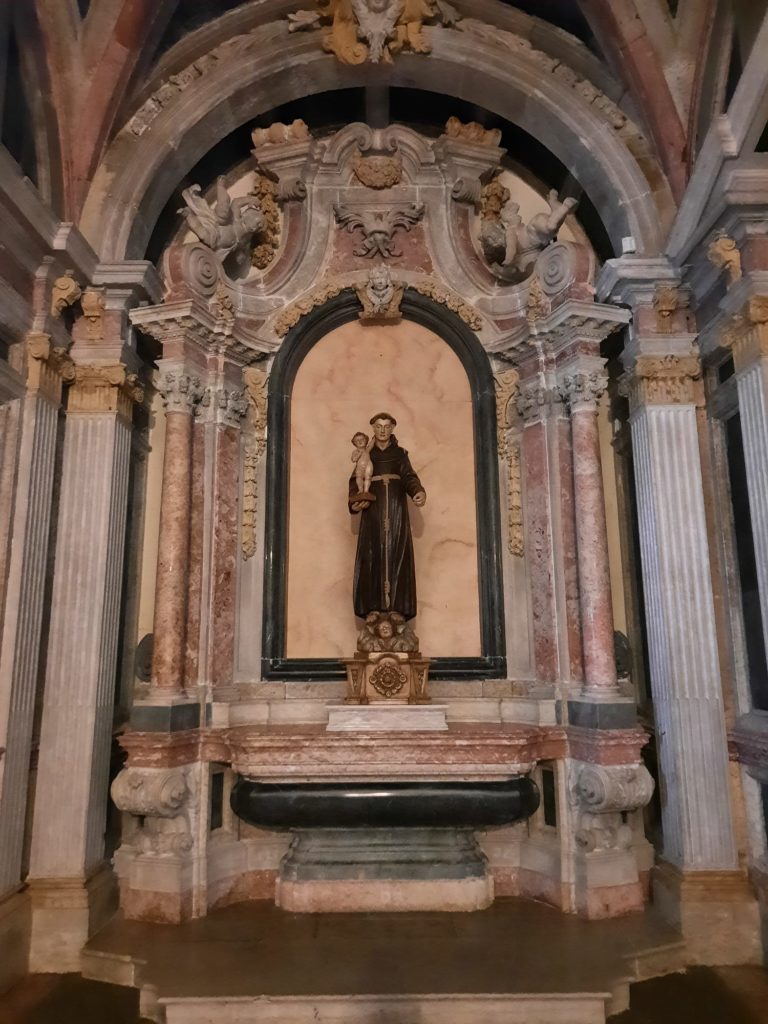
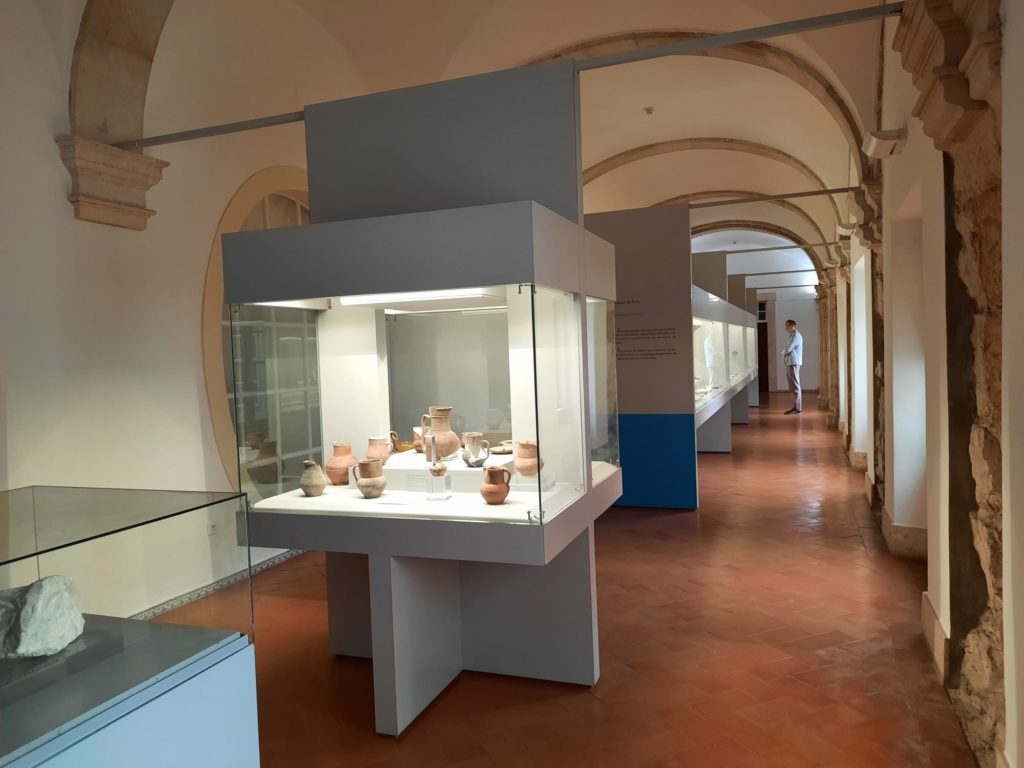
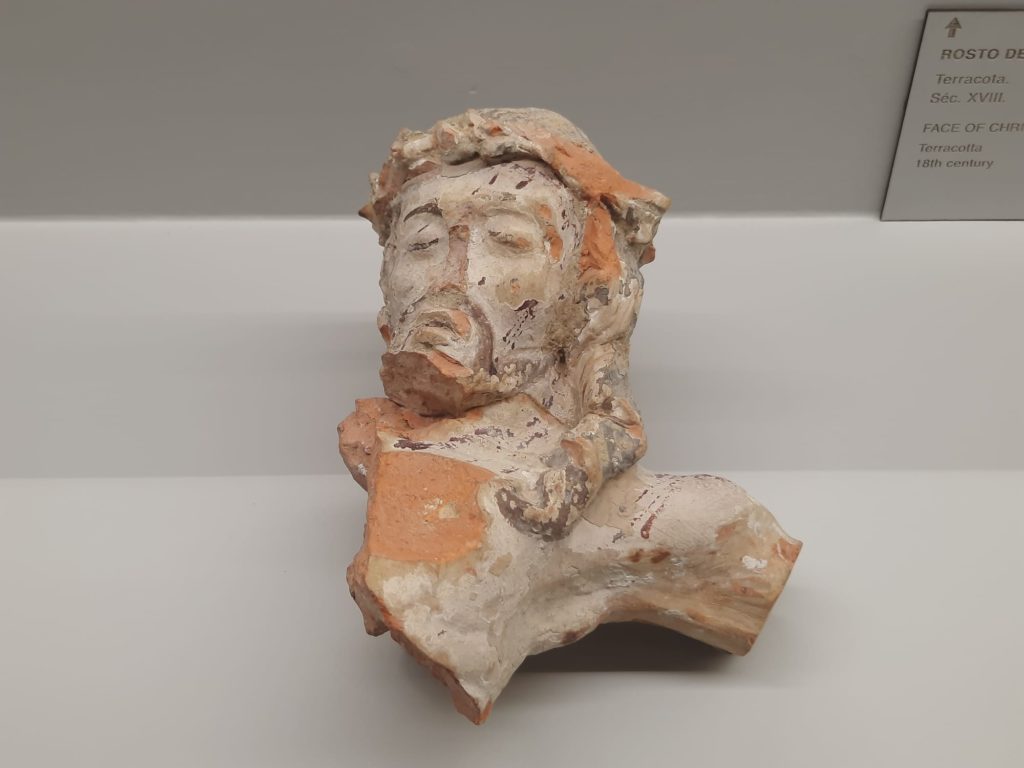
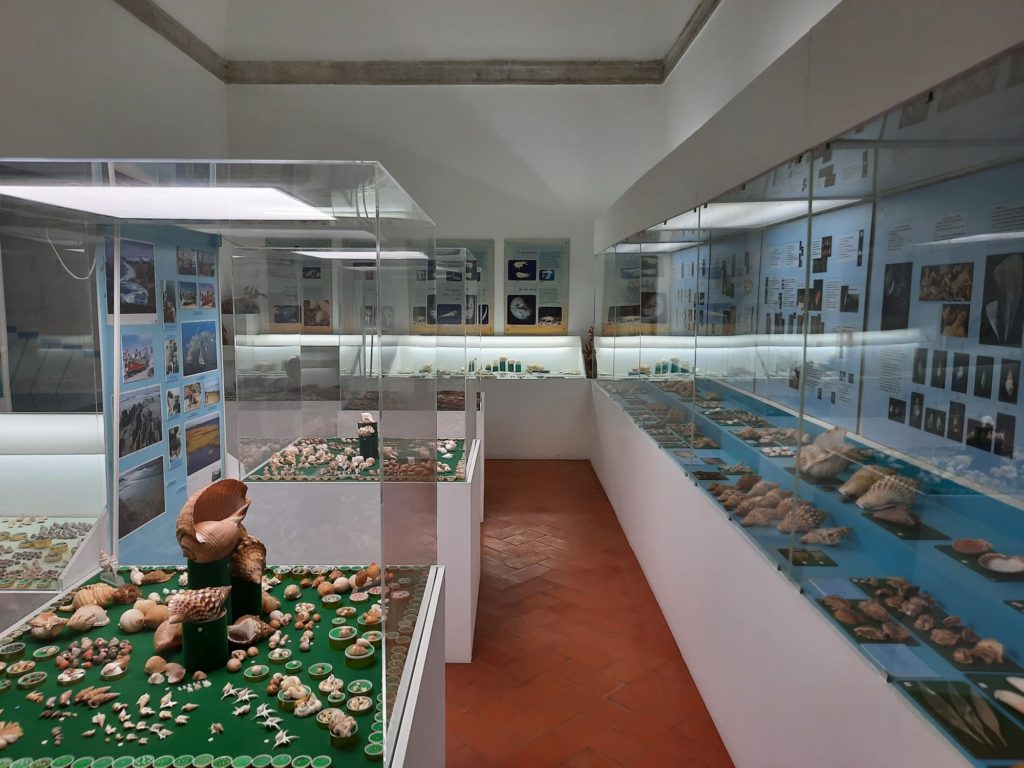
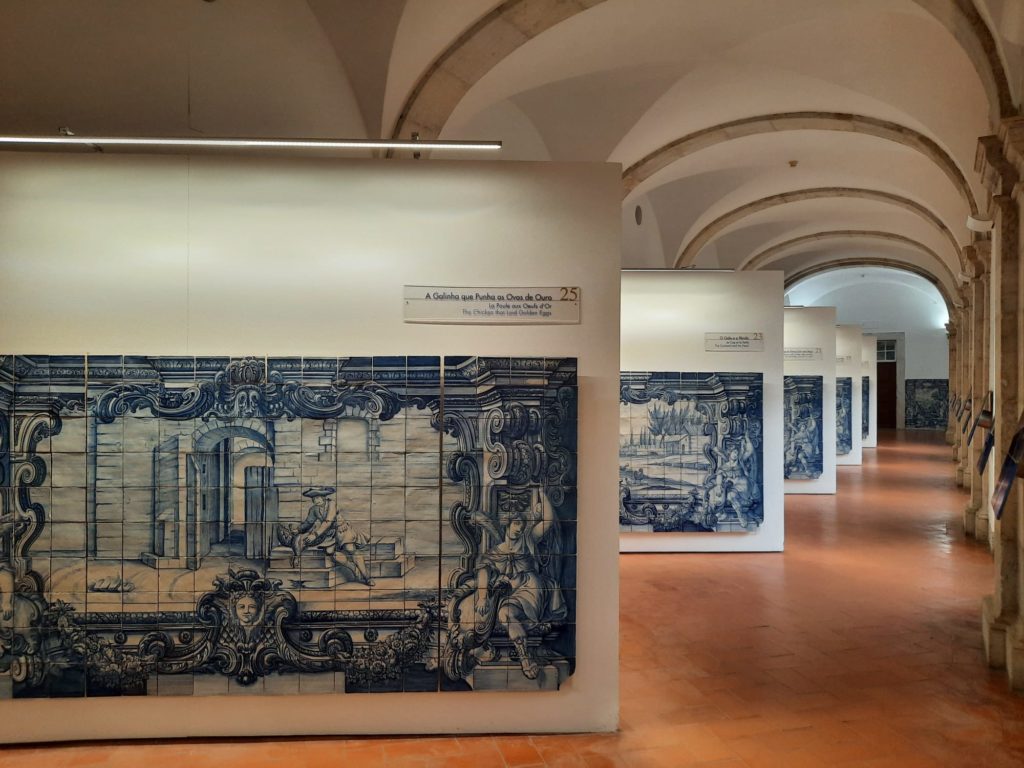
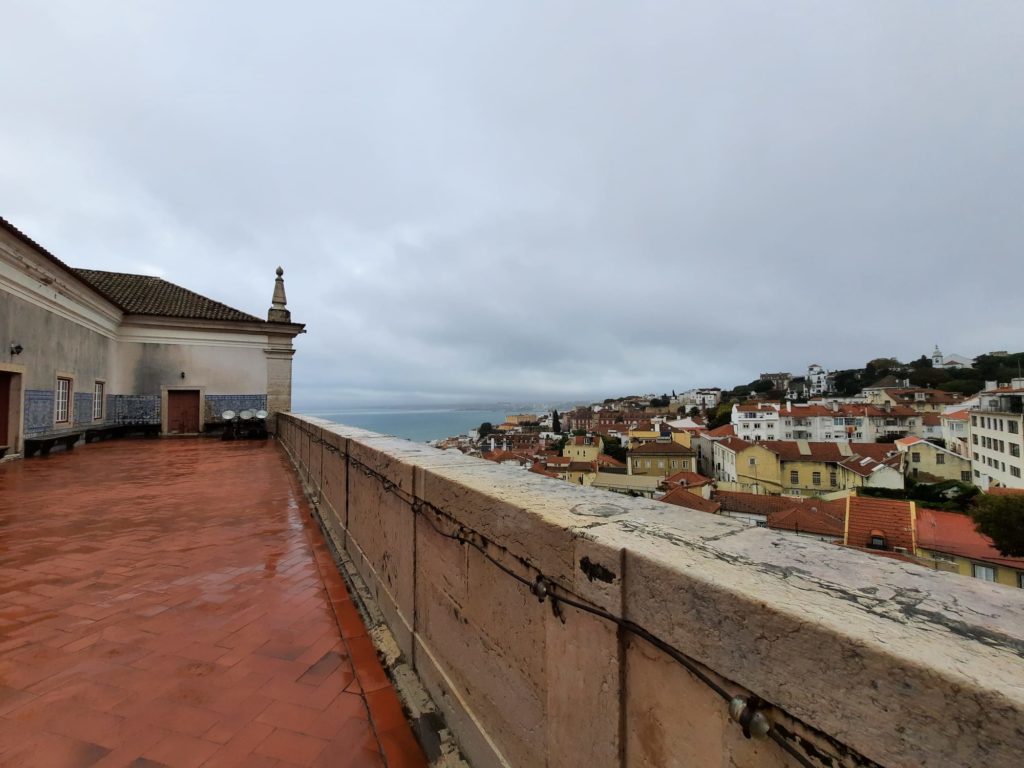
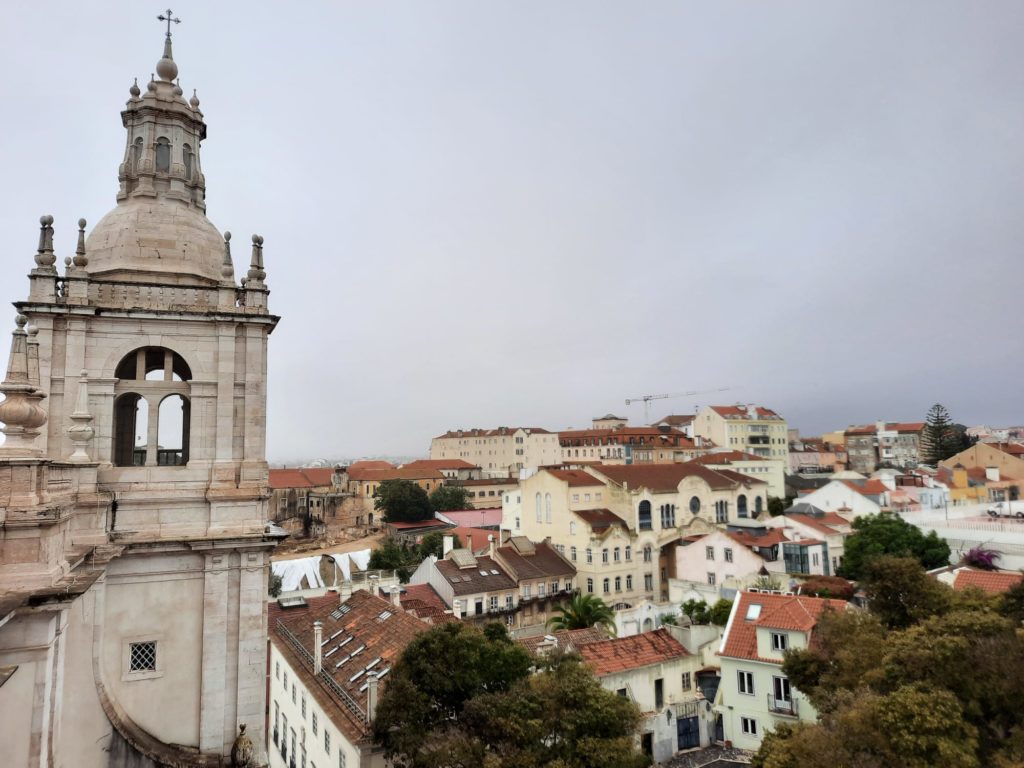
One thought on “Igreja e Mosteiro de São Vicente de Fora (Church and Monastery of Saint Vincent Outside the Walls), Lisbon”